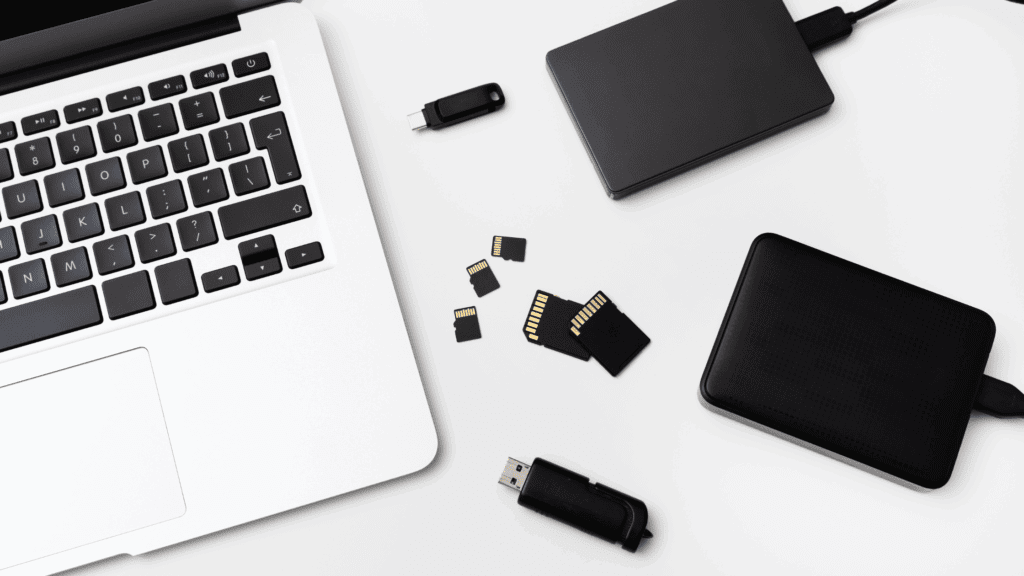Part 2: Digital Legacy and Your Cell Phone: How to Prepare Now

In Part 1 of this series, we explored what happens when a loved one dies and their phone is locked: the frustration, the limits, and the heartbreak of losing access to irreplaceable memories. The reality is, once you’re locked out, options are limited. That’s why the best time to act is now to protect your digital legacy.
Just like a will or trust protects your physical property, planning for your digital legacy protects your online life. By preparing ahead, you can spare your family unnecessary stress and make sure your photos, accounts, and information are handled exactly as you want.
1. Create a Digital Inventory For Your Legacy
The first step is simply knowing what you have. Write down a list of your digital assets, such as:
- Social media accounts: Facebook, Instagram, LinkedIn, X (Twitter), TikTok, MySpace
- Email accounts: Gmail, Outlook, or other personal/professional email accounts
- Financial accounts: Online banking, Venmo, PayPal, cryptocurrency wallets
- Photos and files: iCloud, Google Drive, Dropbox, external hard drives
- Subscriptions and utilities: Netflix, Amazon, smart home devices
- Work and business accounts: Websites, blogs, or e-commerce stores
This inventory becomes a roadmap for your loved ones.
2. Use Legacy Contact Features
Most major tech companies now offer tools for planning your digital afterlife:
- Apple: Add a Legacy Contact in your iPhone settings. They’ll receive a special access key to request your iCloud data after your death.
- Google: Set up the Inactive Account Manager to decide who gets access and when.
- Facebook & Other Platforms: You can choose to memorialize or delete your account and designate someone to manage it.
Taking ten minutes to set these up today could save your family months of frustration later.
3. Back It Up Regularly
Phones break. Clouds fail. Passwords get lost. Don’t rely on a single storage system. Instead:
- Sync your photos to cloud storage (iCloud, Google Photos, Dropbox)
- Keep an external hard drive at home with a full backup of your important files
- Teach your family where those backups are stored and how to use them
Redundancy is your friend when it comes to preserving digital memories.
4. Use a Password Manager
Password managers like 1Password or Keeper to store all your login details in one secure place. With a single master password, your loved ones could access everything from email to financial accounts. Write down that master password and keep it in a secure but accessible location, like a home safe.
5. Include Digital Assets in Your Life Plan
At The Law Offices of Mark F. Moss, we don’t just talk about estate planning, we call it life planning. That’s because it’s about protecting everything that makes up your life, including your digital world. By adding digital assets into your will, trust, or power of attorney, you ensure your executor, trustee, or agent has the legal authority to manage them.
The Bottom Line
Planning ahead doesn’t take much time, but it makes all the difference. Your phone and digital accounts hold more than logins and photos; they hold stories, legacies, and memories. Don’t let them disappear behind a locked screen.
Call us at (904) 329-7242 or visit MarkMossLaw.com to learn how we can integrate digital assets into your life plan.
